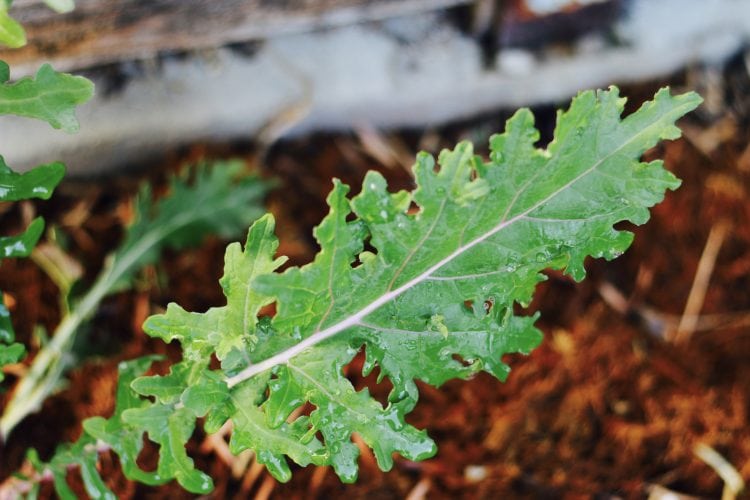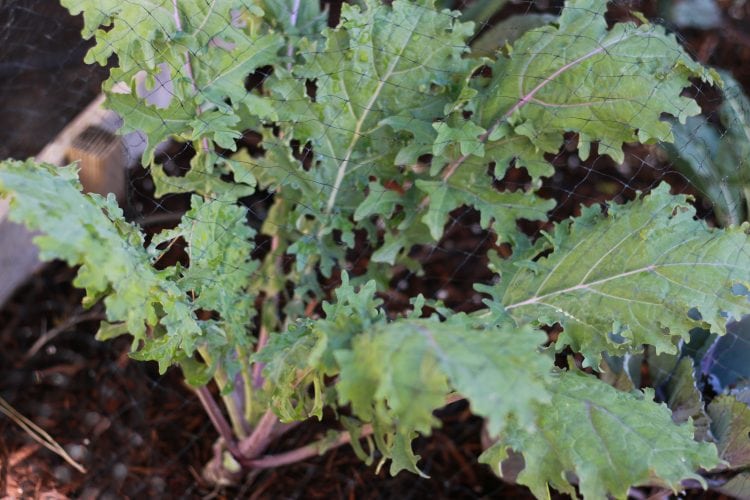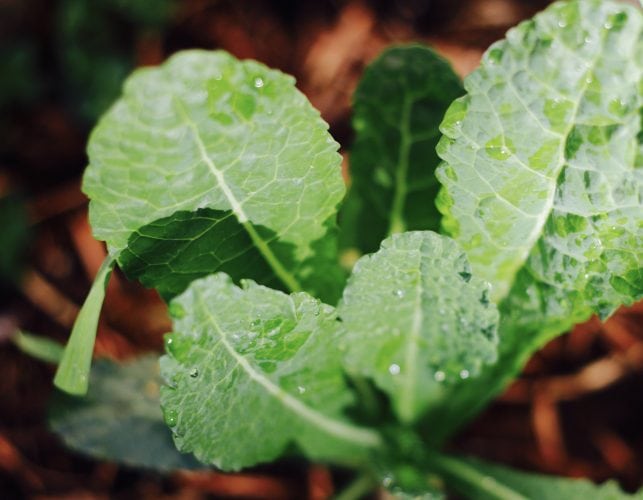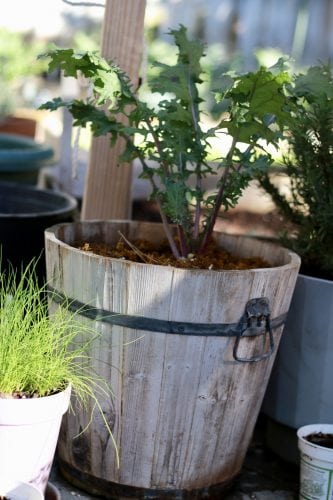
When I was a kid, kale was that curly, inedible garnish meant to give color to my steak and shrimp plate at the Sizzler. If you ate it, it was just on a dare, because your brother would dare you anything because your gullibility knew no bounds. Decades later (and I won’t tell you how many because that’s none of your business, nosy-pants), kale has captured the hearts and minds of health-conscious eaters everywhere, and has even inspired books dedicated to it’s cruciferous excellence. This once throwaway crop is now ringing up four bucks a bunch at “granola” markets like Whole Foods, or what us peasants sometimes call, “Whole Paycheck.”
It’s no wonder, too. The sulfur in kale detoxifies the liver and gives your body a jolt of antioxidants and phytonutrients (fancy word for a plant that helps fight diseases), and not to mention all the vitamins. Kale is a very good source of Vitamin K, Vitamin A, Vitamin C, Copper, Vitamin B6, Vitamin E, and Potassium. And your intestines will thank you for the 2.6 grams of fiber you gift it.

But who wants to spend $4 for (at least) day-old kale, when you can clip what you need out of the garden fresh and leave the rest to grow another day? Grow your own, pilgrim.
I like growing kale because it provides so much nutrition while asking very little of me. It withstands both the heat and the cold and even tolerates some shade. By spring those babies have grown so big I have to give the leaves I harvest to the neighbors, whom I present like a bouquet of flowers. It’s very ceremonial.
Proper Care and Feeding
Kale is part of the brassica family–a cluster of cool-weather vegetables which includes broccoli, kohlrabi, turnips, radish, cabbage, cauliflower, Brussels sprout, collard greens, and mustard greens. Kale has a few common varieties, but my favorites are Red Russian and Tuscan (dinosaur).
Kale is a fast-growing plant that has a hankering for nitrogen, so make sure you’ve got rich, dark soil with a little chicken manure and compost. In September, I like planting seedlings I’ve purchased from the garden store to get a jump on growth before the dark days of winter. Now that’s not to say I’m against starting from seed, but…why wait if you don’t have to?

